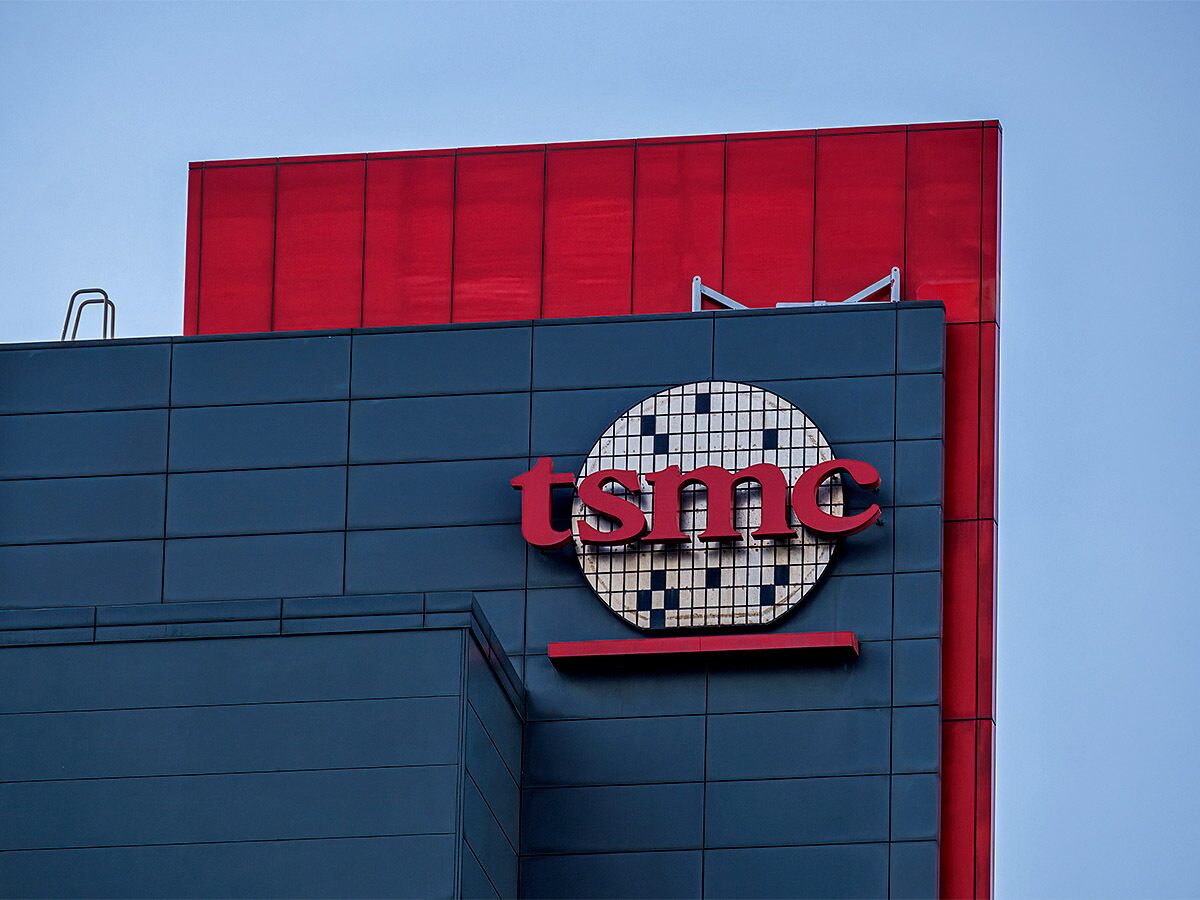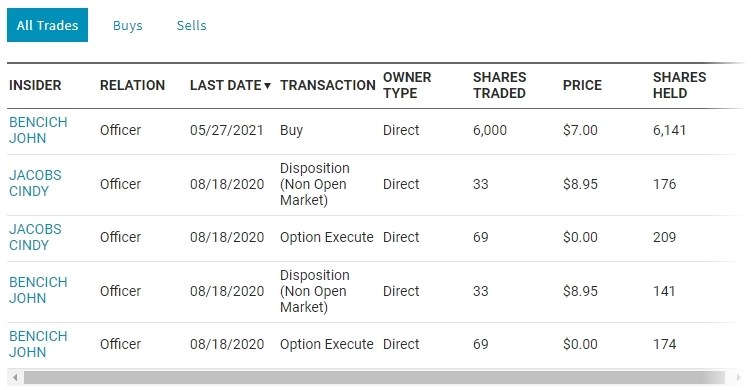The MarketWatch news division was not involved in the creation of this content.
March 02, 2023 (The Expresswire) – The Life Sciences Industrial Automation market is expected to witness strong growth over the forecast period 2023-2028, the Life Sciences Industrial Automation Market Report offers insight into the latest trends. market aspects, focusing on key industry players, leading regions and high-demand applications. It provides quantitative and qualitative information about the factors, challenges and opportunities that will determine the growth of the market. In 2023. – 2028, the report has a very detailed analysis.
COVID-19 can affect the global economy in three main ways: directly affecting production and demand, causing disruption to supply chains and markets, and financial impact on companies and financial markets. Our global analysts explain that the market will create favorable prospects for manufacturers after the COVID-19 crisis. The report aims to provide further insight into the latest scenario, the economic downturn and the impact of COVID-19 on the entire industry.
The final report will include an analysis of the impact of COVID-19 on the sector.
REQUEST A SAMPLE TO UNDERSTAND HOW THE IMPACT OF COVID-19 WAS USED IN THIS REPORT
This Industrial Automation Life Sciences market report provides estimates of the market size in terms of value (Million USD) and volume (K Units). Top-down and bottom-up approaches have been used to estimate and validate the Industrial Automation in Life Sciences market, to estimate the size of various dependent submarkets in the overall market. In secondary research, the most important market players are identified and in primary and secondary research, their market share is determined. All percentages, splits and divisions are determined using verified secondary and primary sources.
Get PDF Sample Report – https://www.precisionreports.co/enquiry/request-sample/17527375#UTM_source=MWBrock
The study covers the current Hair Straighteners market size and growth rates based on a 6 year report covering key player/manufacturer companies;
● Yokogawa Electric ● Siemens ● IDEC ● Rockwell Automation ● Hitachi ● ABB ● Omron ● GE ● Bosch Rexroth ● Emerson Electric ● Honeywell International ● Beckhoff
Industrial Automation Market Analysis in Life Sciences.
The global industrial automation market for life sciences is expected to grow significantly over the forecast period of 2023 to 2028. It is expected to exceed the forecast horizon.
This report describes the Industrial Automation market size, market characteristics and market growth by type, application and consumption sector in the Industrial Automation Science industry. The report also analyzes the PESTEL industry to study key influencing factors and barriers to entry into the industry.
Chapter 3.4 of the report fully assesses the impact of the COVID-19 outbreak on the sector. Life Sciences Industrial Automation's comprehensive risk assessments and industry recommendations have been provided over a period of time. This chapter also compares the market before and after COVID-19.
In addition, chapters 8-12 examine the impact of COVID-19 on the regional economy.
Get Sample Life Sciences Industrial Automation Market Report 2023
Future research report on the market development status and future trends of Industrial Automation in Global Life Sciences Market. Moreover, it splits Industrial Automation Life Sciences segmentation by Type and Application for a complete and in-depth study and to reveal the profile and prospects of the market.
By product type, this report displays the production, revenue, price, market share and growth rate of each type, primarily split into;
● DCS ● PLC ● SCADA ● MES
On the basis of end user/application, this report focuses on the status and outlook for key applications/end users, consumption (sales), market share and growth rates for each application, including:
● Biotechnology ● Medical equipment ● Pharmacy ● Other
Chapters 7-26 are devoted to regional markets. From 197 countries in the world, we select the most representative 20 countries and make a detailed analysis and overview of the market development of these countries.
● North America (USA, Canada and Mexico) ● Europe (Germany, UK, France, Italy, Russia, Turkey, etc.) ● Asia Pacific (China, Japan, Korea, India, Australia, Indonesia, Thailand, Philippines , Malaysia , and Vietnam) ● South America (Brazil, Argentina, Colombia, etc.) ● Middle East and Africa (Saudi Arabia, UAE, Egypt, Nigeria and South Africa)
Some of the main questions raised in this report are:
● What is the global ( North America, Europe, Asia-Pacific, South America, Middle East and Africa ) sales value, production value, consumption value, import and export value of Industrial Automation in Life Sciences? ● Who are the world's leading manufacturers of industrial automation in life sciences? What is their operating status (capacity, production, sales, prices, costs, gross and revenue)? ● What are the Life Science Automation Industry market opportunities and threats faced by the vendors in the global Life Science Automation Industry? ● What types of applications/end users or products can expect additional growth opportunities? What is the market share of each type and application? ● What is the focus and restraint of the life science industrial automation market? ● What are the different sales, marketing and distribution channels in a global industry? ● What are the raw materials and manufacturing equipment for Industrial Automation in Life Sciences and Industrial Automation in Life Sciences manufacturing processes? ● What are the key market trends driving the growth of the Life Science Automation market? ● Economic impact on the Life Sciences automation industry and the development trend of the Life Sciences automation industry. ● What are the market opportunities, market risk and market overview of the Life Science Industrial Automation Market? ● What are the major drivers, restraints, opportunities and challenges in the Life Sciences Industrial Automation market and how are they impacting the market? ● What is the market size of the Industrial Automation for Life Sciences market at the regional and country level?
Request more information and submit your questions before purchasing this report at https://www.precisionreports.co/enquiry/pre-order-enquiry/17527375#UTM_source=MWBrock.
Table of Contents Highlights
Global Life Sciences Industrial Automation Market Research Report by Manufacturers, Regions, Types and Applications 2023-2028
1. Introductions
1.1 Research objectives
1.2 Market Definition
1.3 Market size
1.3.1 Market segment by type, applications and distribution channels
1.3.2 Main Region Coverage (North America, Europe, Asia Pacific, Middle East and Africa)
About 1.4 years for education (2015-2028)
1.5 Reporting currency (USD)
1.6 Interested parties
2 main research findings
3 Market dynamics
3.1 Factors driving this market
3.2 Factors complicating the market
3.3 Global Automation Industry in Life Sciences Market Opportunity (Regional, Low Developing/Low Growth Market Analysis)
3.4 Technological and market developments in industrial automation in the life sciences market
3.5 Industry news by region
3.6 Regulatory scenario by region/country
3.7 Analysis of policy recommendations for market investment scenarios
4 Value chains in the industrial automation market in life sciences
4.1 Status of the value chain
4.2 Analysis of raw materials
4.3 Analysis of the main medium enterprises (by production base, product type)
4.4 Distributors/Dealers
4.5 Mainstream Downstream Customer Analysis (By Region)
Get Sample Life Sciences Industrial Automation Market Report 2023
5 Global Life Science Industrial Automation Market Segmentation by Type
6 Global Life Science Industrial Automation Market Segmentation by Application
7 Global Industrial Automation Life Sciences Market Segmentation by Marketing Channels
7.1 Traditional marketing channels (offline)
7.2 Internet Channels
8 Competitive Intelligence Company Profile
9 Global Life Sciences Industry Automation Market Segmentation by Geography
9.1 North America
9.2 Europe
9.3 Asia Pacific
9.4 Latin America
9.5 Middle East and Africa
10 Global Industrial Automation Market in Life Sciences Future Forecast 2023-2028
10.1 Global Industrial Automation Life Sciences Market Forecast 2023-2028 Segment by Region
10.2 Global Life Sciences Industrial Automation Production and Growth Forecasts by Type (2023-2028)
10.3 Global Life Sciences Industrial Automation Consumption and Growth Forecast by Application (2023-2028)
11 Appendix
11.1 Methodology
12.2 Research data sources
Prosecute….
Purchase this report ($3360 per user license) – https://www.precisionreports.co/purchase/17527375#UTM_source=MWBrock
About us:
Due to the continuous expansion of the industry, the market is changing rapidly. Advances in technology have provided many benefits to today's businesses, driving economic changes every day. Therefore, it is very important for companies to understand market movement patterns in order to strategize better. An effective strategy gives companies a planning advantage over startups and competitors. Precision Reports is your trusted source for market reports to meet your business needs.
For other related reports, click here:
What is the expected value of the Hotel Interior Design Industry 2023-2029?
Which end-use industries will meet the most demand in the organotin stabilizer market?
What is the expected value of the Concrete Mixer Truck industry during 2023-2029?
Which end-use industries are most in demand in the media encoding market?
What are the expected units for the Investment Management Software industry during 2023-2029?
Which end-user industries account for the majority of demand in the UF market?
What Factors Restrain the Revenue Growth of the Global Eye Tracking Devices Market?
What is the scenario for a concentrated tomato industry?
What factors drive Global Ceftaroline Fosamil's revenue growth?
Which end-use industries are most in demand in the media encoding market?
Press release issued by The Express Wire
To view the original version of The Express Wire, visit Life Sciences at Industrial Automation. Market Growth, Analysis, Industry Trends, Size, Share and Forecast to 2028.
COMTEX_425753286/2598/2023-03-02T01:19:54
Have a problem with this press release? Contact the Comtex source code provider at [email protected]. You can also contact MarketWatch support through our Customer Service Center.
The MarketWatch news division was not involved in the creation of this content.















